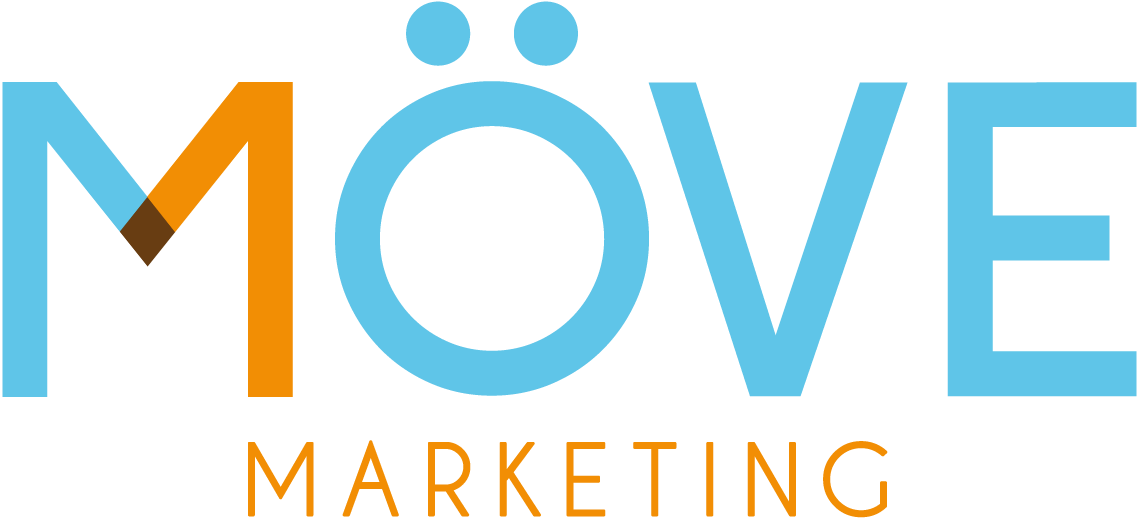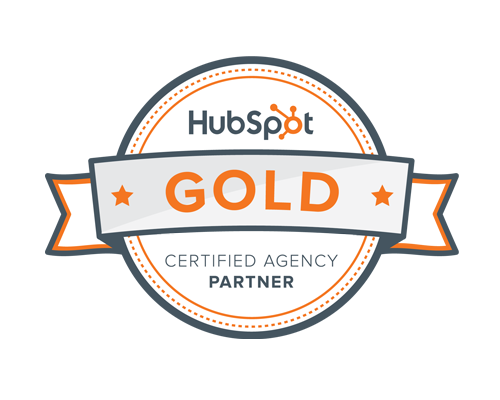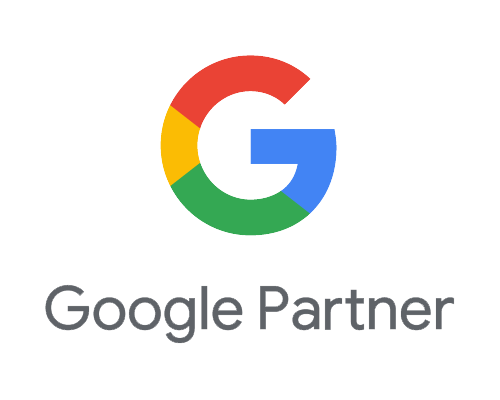
SEO vs. Paid Search: Finding the Right Balance for Your Marketing Strategy
Last updated: September 2025
SEO vs. Paid Search: Finding the Right Balance for Your Marketing Strategy
Currently weighing SEO vs. paid search for your growing company? Regardless of how you choose to scale, you’ll need one core element: visibility.
You might be launching a new product, entering another market, or seeking to strengthen existing brand recognition. In every case, how prominently you feature in online search results can significantly sway your business outcomes.
This brings us to a critical junction: the strategic balance of SEO vs. paid search. Both are powerful tools in their own right, but your team will see better results with insightful paid search analytics and skillful integration across both domains.
Let’s take a look at how to approach SEO vs. paid search to help your team achieve high-performing paid search results and adopt an effective organic SEO strategy.
Understanding SEO
SEO is the art and science of optimizing your website to achieve higher rankings in organic search results. The ultimate goal is to attract a higher quality and quantity of traffic organically, without directly paying for placement.
An effective SEO strategy ensures that your website is not only visible but also accessible to your target audience when they search for relevant keywords and phrases associated with your business, products, or services.
On-Page Optimization
On-page SEO strategy enhances your website's appeal to search engines. In fact, 39% of marketers identified optimizing on-page content based on keywords as their top SEO strategy:
- Keyword Optimization: Using relevant keywords in content and titles to boost relevance and incorporating learnings from paid search analytics.
- Content Quality: Creating valuable, original content to increase engagement.
- Meta Tags: Crafting clear meta titles and descriptions for improved click-through rates.
- URL Structure: Using SEO-friendly URLs for better crawling and user experience.
Off-Page Optimization
Off-page SEO strategy improves rankings through activities external to your site:
- Link Building: Obtaining quality backlinks from reputable sites to signal endorsement.
- Social Media Marketing: Promoting content on social platforms to increase visibility and engagement.
- Influencer Outreach: Partnering with influencers to broaden exposure and gain backlinks.
Technical SEO
Technical SEO strategies enhance website performance for better search rankings:
- Mobile Optimization: Ensuring mobile-friendliness with responsive design.
- Site Speed: Improving loading times for enhanced user experience.
- Secure Website (HTTPS): Providing a secure browsing experience to gain user trust.
- XML Sitemaps: Creating and submitting sitemaps for easier indexing of new content.
Leveraging Paid Search Analytics
Paid search, commonly referred to as Pay-Per-Click (PPC) advertising, involves purchasing advertising space on search engine results pages (SERPs), websites, and social media platforms to display promotional content. The fundamental objective of paid search is to enhance visibility and drive targeted traffic to your website right away, which is particularly crucial during product launches, promotions, and other time-sensitive campaigns. This method allows advertisers to place bids on keywords and pay only when a user clicks on their ad. This offers a direct and controllable marketing channel.
Paid search is distinguished by its ability to deliver immediate results. HubSpot reports that using PPC ads can increase brand awareness by an average of 80%. So how does SEO vs. paid search compare? Unlike SEO, which can take months to improve organic rankings, high-performing paid search ads will start generating traffic as soon as the campaign is launched. This is invaluable for new websites and growing companies looking to gain a quick market presence. Established companies can also use prior paid search analytics to direct future messaging and run campaigns that capitalize on new opportunities or promotions.
Paid search analytics platforms allow marketers to track virtually every aspect of their campaigns. Key metrics commonly analyzed include:
- Click-Through Rate (CTR): The percentage of users who click on your ad after seeing it, which helps gauge the relevance and appeal of your ad.
- Conversion Rate: The percentage of users who complete a desired action (like filling out a form, signing up for a newsletter, or making a purchase) after clicking the ad, which assesses the effectiveness of the ad in driving conversions.
- Cost per Click (CPC): The average cost paid for each click, which helps manage the budget and assess cost efficiency.
- Quality Score: A metric used by platforms like Google Ads to determine the relevance and quality of your ads and keywords, affecting both your ad placement and the cost per click.
Finding the Right Balance: SEO vs. Paid Search
SEO and paid search are both foundational to a comprehensive digital marketing strategy. SEO is cost effective and yields long-term benefits, but it demands continuous monitoring and an awareness of algorithm changes to maintain high rankings. However, even a small investment in your SEO strategy will help you build brand trust through organic visibility.
Conversely, paid search analytics provides immediate results and precise targeting, which are ideal for quick visibility and specific campaigns. Keep in mind that it can be costly in competitive markets, and its benefits end when the campaign does.
Your team will need to conduct regular SEO and paid search strategy reviews and make adjustments based on performance metrics. These adjustments might include shifting focus to high-performing paid search ads, targeting new SEO keywords, reallocating budgets as you evaluate SEO vs. paid search, or tweaking campaign spending to prioritize more profitable segments. All of these can help you optimize ROI.
Integrating SEO and Paid Search Strategies
To maximize digital marketing efforts, begin by analyzing data from both SEO and paid search campaigns to identify overlaps and gaps.
1. Analyze Existing Data
- Identify overlaps and gaps
- Optimize ranking keywords and amplify them with paid search
2. Leverage Insights Across Both Channels
- From Paid Search to SEO: Use conversion data from paid search analytics to identify strong keywords and integrate them into your SEO strategy
- From SEO to Paid Search: Apply insights from organic search to inform your paid search campaigns
3. Coordinate Keyword Targeting
- Align on keywords between SEO and paid search strategies to maintain consistency across channels
- Focusing on the same keywords helps improve overall search engine visibility and performance
4. Maintain Consistent Messaging
- Use paid search ad copy to promote landing pages
- Increase conversion rates and quality scores with a cohesive user experience, which can reduce cost-per-click and improve ad placements
Final Thoughts
The question of SEO vs. paid search doesn’t mean you have to choose. Both have their place in a strategic, comprehensive approach that amplifies your brand. By leveraging insights from both SEO and paid search analytics, growing companies can uncover potent opportunities for growth while building long-term visibility and trust.
Your team can strike the perfect balance and start optimizing today with a free Google Ads performance audit. Looking for support with your SEO vs. paid search plan? Let’s talk.




